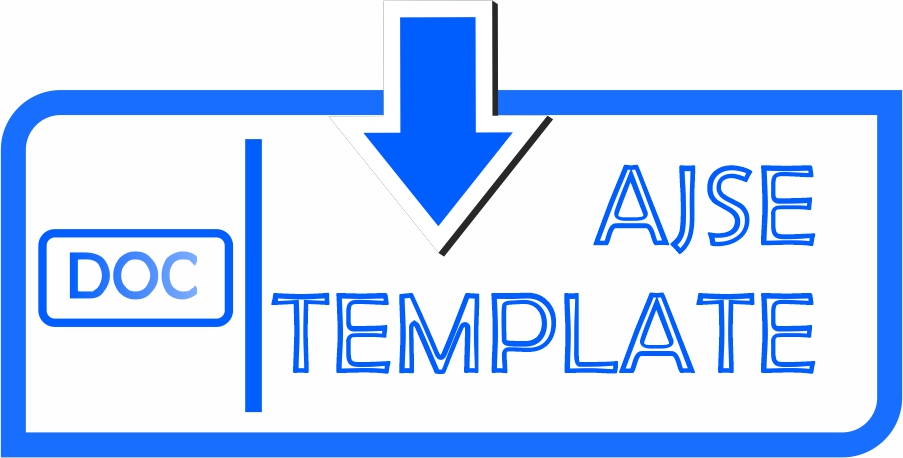PENGARUH JENIS ARANG AKTIF AMPAS TEBU, TATAL KAYU DAN TEMPURUNG KELAPA TERHADAP KEMAMPUAN PENJERAPAN WARNA AIR SUNGAI SAMBAS
Winda Apriani(1*), Indra Perdana(2), Sri Puji Saraswati(3)
(1)
(2) Dept. of Chemistry Engineering Faculty of Engineering Universitas Gadjah Mada
(3) Dept. of Civil Engineering Faculty of Engineering Universitas Gadjah Mada
(*) Corresponding Author
Abstract
The availability of clean water still poses problems in Indonesia. The need of clean water for Sambas City people still depends on river water. This river water comes from Sambas River which has bright yellow color (73.6 TCU), exceeding the allowed maximum level for clean water in accordance with the Regulation of Health Affairs No.416/MEN.KES/PER/IX/1990, which is 50 TCU, with low turbidity (23.3 TCU) and low pH (4.34). The characteristics of this river water indicate that the water color of Sambas River is true color. Level of this type of water color can be degraded by adsorption process using activated charcoal. It is easy to find raw materials of activated charcoal from waste sources containing carbon in Indonesia, especially West Kalimantan, such as bagasse, wood chips and coconut shell. Therefore, this research was conducted to identify the influence of activated charcoal types of bagasse, wood chips and coconut shell which are used as adsorbent to adsorp the color of Sambas river water and to identify the optimum dosage and duration of the process.
Activated charcoal was made of bagasse, wood chip and coconut shell through pyrolysis process at a temperature of 5000C for 3.5 hours followed by chemical activation process using H3PO4 5% for 24 hours. The water was from Sambas river, Tanjung Mekar Village, Sambas, West Kalimantan. The adsorption process employed various types of activated charcoal (bagasse, wood chips and coconut shell); dosage (1, 2, 3, 4 and 5%b/v); and contact time (10, 15, 30, 60, 90, 120 and 180 minutes).
The results indicated that different types of activated charcoal material in the adsorption process give different color level. The best treatment of batch process with 500 ml of Sambas river water was from the adsorption using activated charcoal of bagasse with an optimum dosage of 2% b/v and optimum contact duration of 90 minutes. It produced water color level between 50.00-52.00 TCU (meeting the standard of the Regulation of Health Affairs No.416/MEN.KES/PER/IX/1990).Keywords
Full Text:
PDF (Bahasa Indonesia)References
Debora, N., 2011, Peningkatan Kualitas Air Bersih Berbahan Baku Air Sungai Mahakam Samarinda Memakai Serbuk Biji Kelor (Moringa oleifera) dan Arang Tempurung Kelapa, Tesis, Magister Sistem Teknik, UGM, Yogyakarta
Khair, R., M., 2010, Efektifitas Proses Ozonisasi dan Kombinasi Filter Secara Kontinu Pada Penurunan Intensitas Warna Pada Air Gambut, Tesis, Magister Sistem Teknik, UGM, Yogyakarta
Kusnaedi, 2010, Mengolah Air Kotor Untuk Air Minum, Penebar Swadaya, Jakarta
Mardiningsih, D., 2004, Kemampuan Arang Aktif Sekam Kulit Kopi Dalam Penurunan Kadar Air Sungai Way Kuripan Bandar Lampung, Skripsi, Undip, Semarang
Masduqi, 2010, Bagian II : Proses Pengolahan Secara Fisik,http://blog.its.ac.id/masduqi/files/2010/02/pengolahan-fisik.pdf, diakses tanggal 2 Desember 2010
Rumidatul, A., 2006, Efektivitas Arang Aktif Sebagai Adsorben Pada Pengolahan Air Limbah, Tesis, Sekolah Pascasarjana Institut Pertanian Bogor, Bogor
Sembiring, M. R, dan Sinaga, T. S, 2003, Arang Aktif (Pengenalan dan Proses Pembuatannya), Jurusan Teknik Industri Fakultas Teknik, USU, Medan
Sudradjat, R., dan Pari, G., 2011, Arang Aktif : Teknologi Pengolahan dan Masa Depannya, Badan Penelitian dan Pengembangan Kehutanan, Jakarta
Article Metrics
Refbacks
- There are currently no refbacks.
Copyright (c)
Universitas Gadjah Mada


